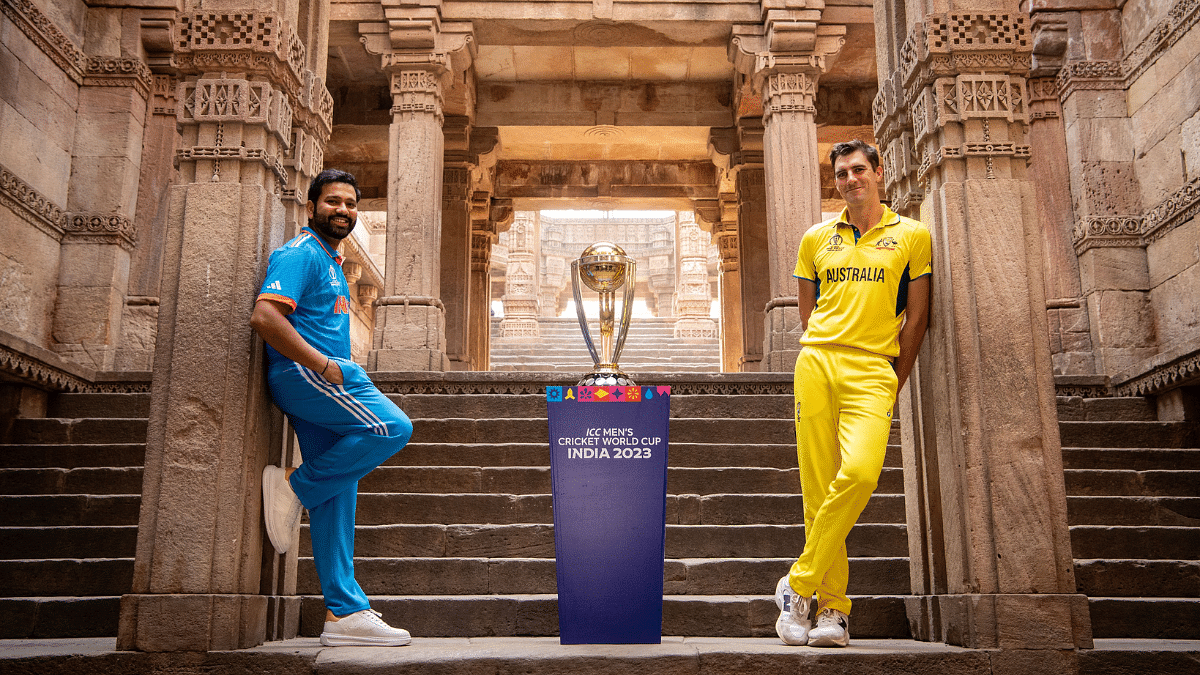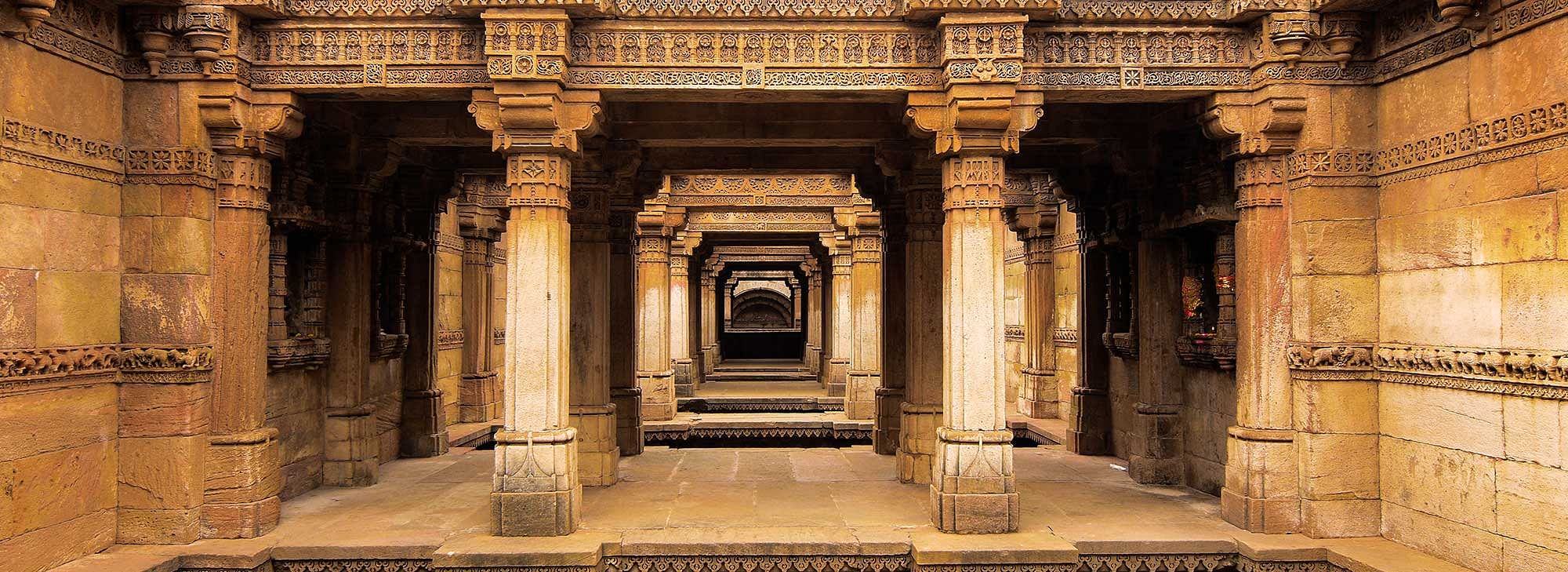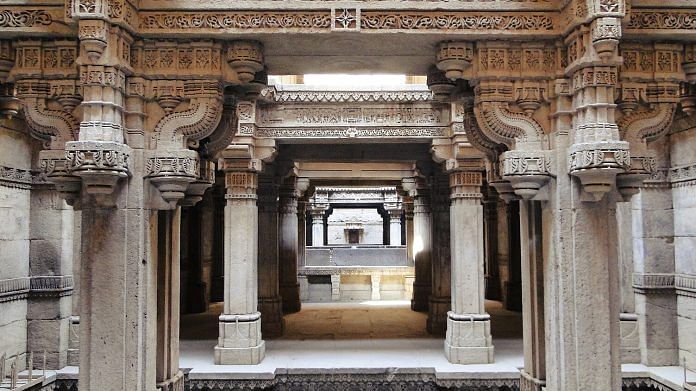The weekend following the ICC Men’s Cricket World Cup final in Ahmedabad, I visited the renowned Adalaj Ni Vav, a stepwell dating back to the 15th century CE situated outside of Gandhinagar. Surprisingly, the monument bustled with visitors, most of whom were striking the ‘Rohit Sharma pose’. The captain of the Indian cricket team, who stood leaning against one of the beautifully carved pillars of the stepwell, had posed with his Australian counterpart Pat Cummins and the World Cup trophy.
This brilliant PR and marketing strategy not only helped raise the visibility of the brand ‘Incredible India’ in the global market, it placed a monument in the minds of people who turned tourists visiting the site in droves.
As one of the largest service industries in the country, tourism is important for economic development and employment generation. Of late, the central government initiatives like Adopt a Heritage and Global Media Campaign have helped rejuvenate heritage tourism, as have state tourism departments with advertisements such as the one featuring Amitabh Bachchan in Gujarat or Madhya Pradesh urging people to explore the ‘Heart of India’.
However, heritage tourism is slowly penetrating into its untouched segment – the archaeological heritage. Initiatives like ‘ICONIC Sites project’ or Dholavira gaining UNESCO World Heritage status have pushed ‘archaeo-tourism’. A niche sector in the world of travel, archaeological tourism comes with its own pros and cons, which I observed during my recent visit to Adalaj Ni Vav.
In the race to establish India’s dominance in the global tourism market, we have to be a little cautious when it comes to archaeological sites, which are more susceptible to destruction. With the rise of archaeo-tourism in the country, it is essential to have guidelines catering to this niche as well.

To protect and to promote
As per Ancient Monuments and Sites Remains Act, an “archaeological site” means any area that contains or is reasonably believed to contain ruins or relics of historical or archaeological importance, which have been in existence for not less than one hundred years. Today, hundreds of such sites are reported and many are protected. There are also sites like Bhimbetka rock shelters, Ajanta Ellora caves, Dholavira, Lothal, etc., which are open for tourists.
Lately, however, prehistoric and protohistoric archaeological sites are also being opened for tourists. The plan is to conserve and preserve a portion of the site like Rakhigarhi and Kalibangan for public viewing. But as an archaeologist, I also hold the concern that these sites will be victims of regular tourist activities. Moreover, lack of proper guidelines for tourists and tour operators can cause more harm than anything else.
Let’s take the example of Rakhigarhi in Haryana.
The archaeological remains are spread across the present-day villages of Rakhi Khas and Rakhi Shahpur and its adjoining fields. A tourist has to drive down from Delhi to Rakhi Khas where narrow lanes connect them to the archaeological mounds, which are deeply rooted in and have connections with the local communities and their traditions. In some areas, local kids play cricket, while some parts are used for cremation. Women usually drive cow-dung cakes on top of the mound. So, whether protected or not, these archaeological sites have become part of the community’s daily lives. For an archaeologist, the first job at such sites is not to dig but to connect with the local communities and make them become aligned with the archaeological cause. Even if the site is protected, there is always a sense of responsibility towards the local people and the landscape.

For tour guides, the responsibility is towards the tourists—to educate them about the site, inform them about the power dynamics at play, and tell them about the landscape and what to expect. Usually, when tourists visit such sites, they refuse to walk from one mound to another; some are also unfamiliar with the village life that surrounds the site. People often expect the site to be similar to popular built heritage sites like Taj Mahal, with the necessary infrastructure and public amenities.
Until a few years ago, Rakhigarhi was buried in textbooks. But recently, a couple of enthusiasts got together and started Astitva, an organisation that conducts guided and curated tours in and around Rakhigarhi. This highlights the fact that archaeological tourism is different from heritage tourism and if sites that are fragile and finite are opened for the public, then there is a need to educate tour operators and guides.
With these concerns in mind, the Archaeological Institute of America (AIA), the Archaeology magazine, and the Adventure Travel Trade Association (ATTA) created a manual of good practices for those managing and visiting the archaeological sites. This guide is meant to serve as a resource for tour operators looking to include archaeological sites in their packages, tour guides leading visitors through the sites, tourists interested in seeing these locations up close, and site managers in charge of maintaining and safeguarding the sites. These guidelines, combined with sufficient and appropriately funded site-management plans, will help guarantee that future generations are able to enjoy the experience of visiting ancient sites.
Also read: Why are we digging Rakhigarhi a 9th time? This Harappan site is a gift that keeps giving
Dear tourists
The document broadly highlights three key aspects that one must keep in mind
1. Archaeological sites and historical places are finite, fragile, and nonrenewable resources. They are unique and irreplaceable.
Any harm caused to the site cannot be undone. You cannot replace what is gone and therefore you will have to be respectful and mindful while visiting such sites.
2. Archaeological sites exist within a larger setting that includes both the environment and local communities.
In archaeology, community participation is of high importance. These sites are the communities’ heritage first, and the communities are the sites’ protectors. Many archaeological findings and sites stood the test of time because of the people and the communities. For instance, just a few kilometres from the Adalaj Ni Vav is another stepwell Ambapur Ni Vav, built around the same time as the former but less famous. The local people (despite the site being protected by the state) take care of the monument and its upkeep.
3. Removal or destruction of cultural material is unethical and illegal.
In the case of sites like Rakhigarhi or Kalibangan, tourists often pick up potsherds, coins, figurines, bones or other artefacts, which is illegal and punishable by law. If a site is protected, you should never pick up pottery, coins or any other artefacts as a memento. These are objects of research and their context can help us decode a lore more than what is known. Moreover, they are ancient artefacts; their removal and sale are punishable.
The document also highlights the importance of attaching site managers, tour operators, tour guides and local businesses in facilitating efficient and tailor-made tours at archaeological sites so as to create a healthy outlook towards archaeological sites for generations to come. In the case of Rakhigarhi, individual efforts with Astitva catered to the needs of many tourists. The gap in infrastructure was also filled by the local people who established the Rakhigarhi Heritage Resort. This is not to say that the government is not trying, but there are chances they might take a universal tourism approach. With the help of local people and local leaders, an indigenous plan can be put in place.
The landscape, the local communities and the sites’ sanctity are crucial in decoding the past. It’s an archaeologist appeal to both the authorities and the people – do travel, enjoy and immerse yourself in the world of archaeology, but also help prolong the sites’ lives.
Disha Ahluwalia is an archaeologist and junior research fellow at the Indian Council Of Historical Research. She tweets @ahluwaliadisha. Views are personal.
(Edited by Prashant)



